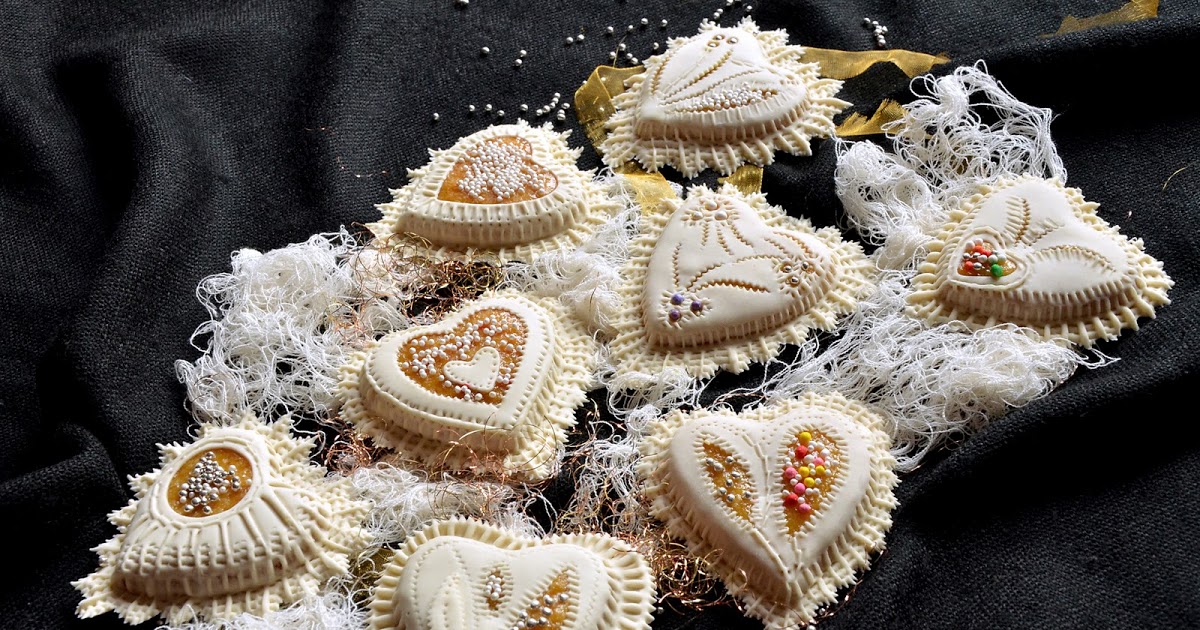The art of wedding Pastry in Sardinia 0 Comments

"Comment’est durche su mele, siat durche s’amore".
"As sweet as honey, so sweet is love". It’s a wish for the bride and groom in Nuoro’s area.
The “sweet heart” of important moments tradition in Sardinia is expressed at its best in celebrating the marriage event. It is a combination of precious ingredients, is the product of work and commitment of the "community" that welcomes a new family. Wedding cakes in Sardinia are often prepared by the mother-in-law who offers them to the bride, or the bride and groom mothers prepare them together or else the groom orders them to a "teacher" (often a real artist) who is a pastry expert. Pastries always bear a symbolic meaning: white, as they refer to the bride’s respectability, or else have the shape of marriage prosperity symbols like bunches of grapes, flowers, coulombs, hearts, baby cradles, all elaborate and challenging accomplishments, the druccis finis fine pastries.
The capigliettas, for instance, from the Oristano and Montiferru areas, are a white wrap of diamond or heart shaped pastry filled with almonds, liqueur and lemon skin, iced after cooking and finely decorated - at times also with gold leaf. In Nuoro area, they prefer the heart shape, (sos coros), but other shapes are also made: a piece of almond-filled pasta, honey and orange peel (weighing up to 800 grams!).
It was tradition that the mother-in-law would offer nine cakes to the daughter-in-law, one of which would have the shape of the gift prepared by her groom: a ring, a rosary or bottones, which are filigree jewels.
A smaller version of sos coros, called durchicheddos, was given to relatives and friends upon inviting them to the marriage.
Pasta violata (a classic Sardinian dough, prepared with semolina and lard or olive oil), almond pastry, candied almonds flavoured with orange blossom water, honey, orange peel and icing are the main ingredients that the Sardinian pastry-making uses, combined with the skill and art of men and women pastry chefs.
The garminos (or germinos, or gesminus) are typical of the areas of Atzara and Neoneli (Nuoro).
The candelaus typical druccis finis fine pastries for the Quartu Sant’Elena area.
The mustazzoleddus de mendula, generally diamond shaped, of the Paulilatino area (Oristano).
The pistoccheddus, 10 centimeters of thin and crispy puff pastry.
The clavettes of Belvì (Nuoro area), peculiar and beautiful for their finesse and delicacy, are prepared by rolling out the dough in narrow and thin pieces like tissue paper (comente su papperi ‘e seda) on which rolls made of hazelnuts, honey and orange blossom water are lied. The dough is folded in two and, with the filling in the bottom, are wrapped up and closed in long twirls. It’s finishes with colored confetti and while the final result is like an embroidered veil, the taste is divine.
(in the photo the pastry art of Roberto Murgia)
--
written by Daniela Toti
Teilen Sie uns Ihre Meinung mit!